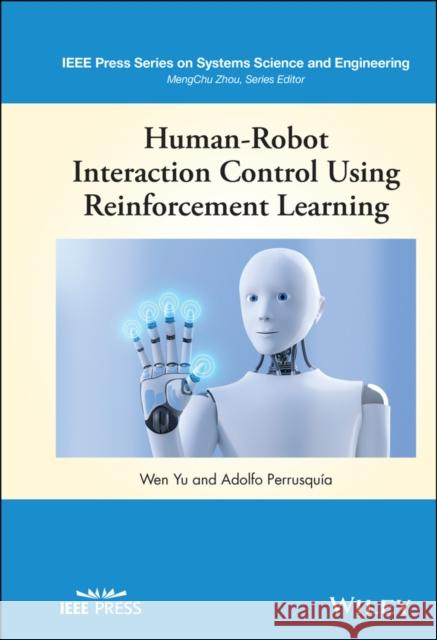Human-Robot Interaction Control Using Reinforcement Learning » książka
topmenu
Human-Robot Interaction Control Using Reinforcement Learning
ISBN-13: 9781119782742 / Angielski / Twarda / 2021 / 288 str.
Kategorie:
Kategorie BISAC:
Wydawca:
Wiley-IEEE Press
Seria wydawnicza:
Język:
Angielski
ISBN-13:
9781119782742
Rok wydania:
2021
Numer serii:
000906596
Ilość stron:
288
Waga:
0.55 kg
Wymiary:
22.86 x 15.24 x 1.75
Oprawa:
Twarda
Wolumenów:
01











